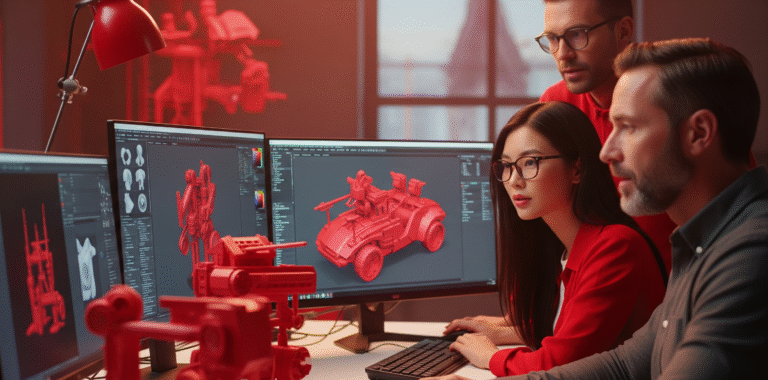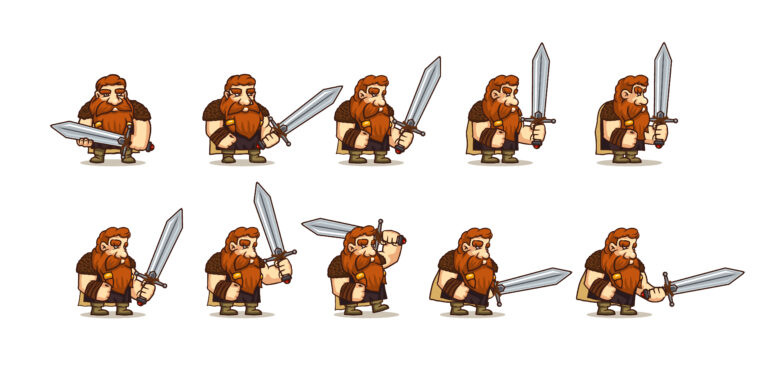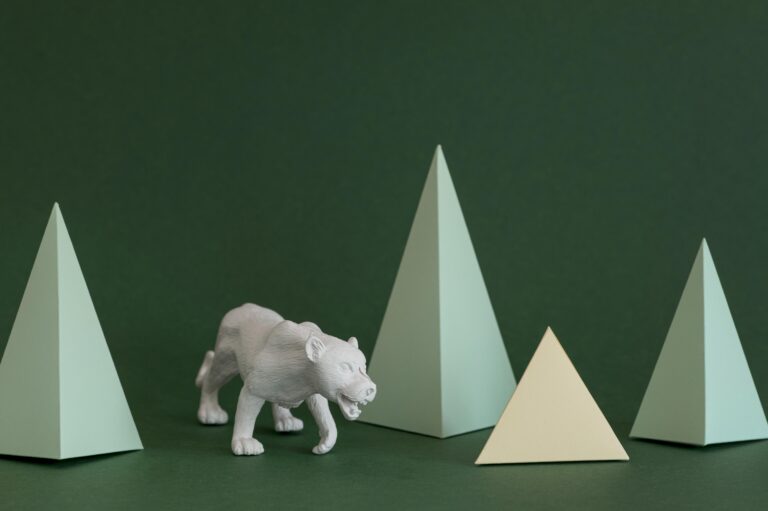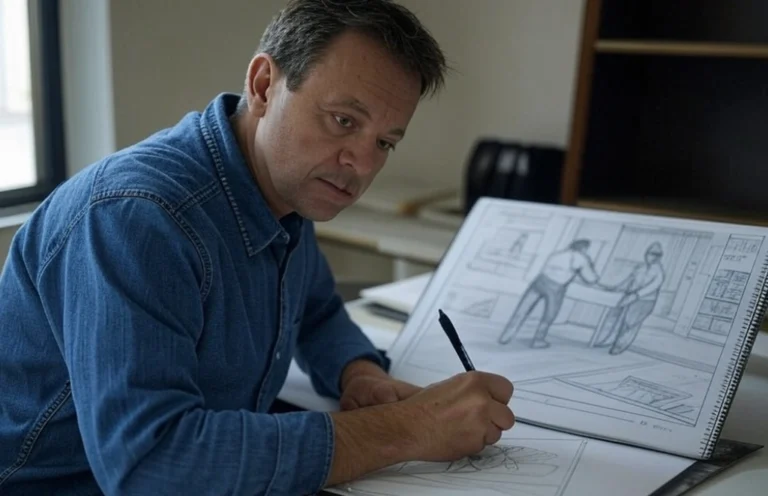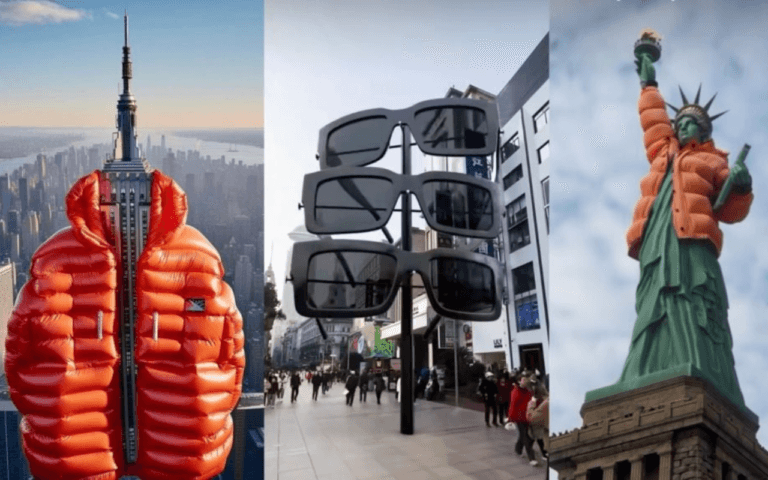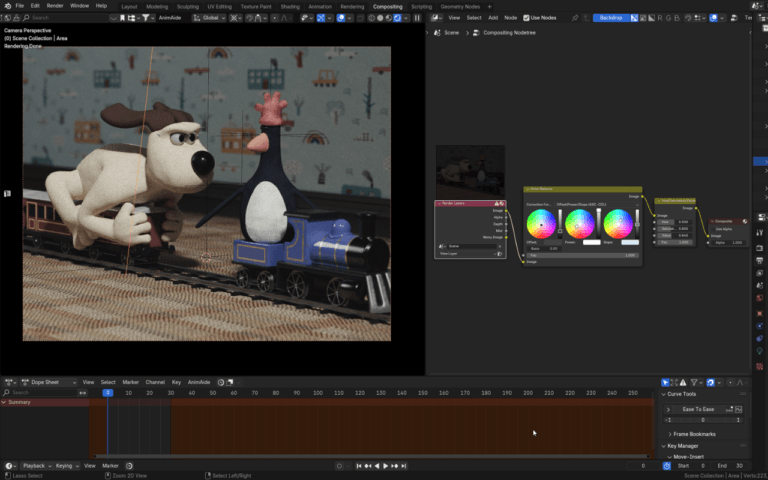Hard surface modeling is the technique of 3D modeling used for creating objects with hard and static surfaces, like weapons, vehicles, machines, and other inanimate assets. This technique, which emphasizes precise geometry and attention to detail, has become increasingly popular in the world of computer graphics. In this blog post, we will cover all about hard surface modeling, including its uses, techniques, free resources to learn, and differences between organic and hard surface modeling. Whether you’re creating realistic cars or futuristic weaponry, mastering hard surface modeling is sure to take your skills to the next level.

Need 3D Animation Services?
Visit our 3D Animation Service page to see how we can help bring your ideas to life!
What Exactly Is Hard Surface Modeling?
Hard surface modeling is a method of designing an object’s exterior shape or surface. It entails defining the shape and form of the object’s exterior surface using mathematical equations or algorithms in order to create a digital representation of a 3D surface.
However, in order to depict hard surfaces, you essentially need a smooth geometric mesh with fewer minute details than you would for biological features like animals.
It is used to create models with smooth, motionless items like cars, armor, machinery, and other inanimate objects. This method is frequently employed in science fiction and shooter video games since it is perfect for creating machines, structures, robots, and armor.
NURBS (Non-Uniform Rational B-Splines), polygonal modeling, and subdivision modeling are some of the software tools and methods used for surface modeling.

Hard Surface Modeling vs. Organic Modeling
3D modeling has 2 classifications, including organic surface modeling and hard surface modeling.
Hard Surface Modeling
A hard surface is anything that has been manufactured or is machine-made, which is one evident difference. Even the chair you’re sitting in at the office is a hard surface item.
The rigid bodies, or bodies that don’t deform are typically the targets for hard-surface modeling. (unlike organic bodies that are designed to move and flow). Though they are made of rubber and do deform, modeling a car’s wheels would also be regarded as hard-surface modeling. That’s because when it comes to modeling it, they still have a smooth surface.
Organic Modeling
A model is said to be organic if it has smooth curves where the shape seamlessly transitions to another model. Organic shapes are more fluid and have fewer sharp edges. The most crucial factor is that your model be built correctly, regardless of how you categorize it. Of course, others may consider hard surface modeling services to be one that is rougher and do not require an organic surface to have a clean topology. But you need clean topology regardless of what you are modeling.
Due to the fact that whether an object will be animated or deformed determines its hard surfaces and organics; this also leads to another differentiation. For instance, an asset is deemed organic if it is animated, but a hard surface is a static object. Topology and edge flow may not be as crucial for hard surface meshes as long as they render well. Similar to categorizing models according to how they are built, a mesh’s characteristics can tell whether it is an organic or rigid surface.
Hard Surface Modeling Techniques
There are several techniques for hard surface 3D modeling. Here we will cover 7 techniques but note that the 3D modeling techniques are limitless, and you should apply each of them to your modeling to find out how they can help you.
1. Box Modeling
This technique extrudes, bevels, and manipulates simple shapes, like cubes, cylinders, etc., to create complex forms with clean topology.
2. NURBS Modeling
sing NURBS surfaces and curves to create smooth organic as well as hard surfaces. Nurbs provide precise control over surfaces.
3. Polygonal Modeling
Here, detailed hard surface models are created by manipulating individual polygons. It is more time-consuming than box modeling but allows for more organic shapes.
4. Kitbashing
When it comes to modeling hard mechanical surfaces, kitbashing plays an important role by taking existing 3D models or model parts and combining them to create new models.
5. Subdivision Modeling
Starting with a simple mesh and smoothing it out while adding cuts and creases to maintain hard edges. Allows blending organic and hard surfaces.
6. Trims
In order to interlink parts and precise surface boundaries, trim tools can cut holes and shapes into existing surfaces.
7. Edge Loops
Clean and quadrangular surfaces can be created by placing edge loops to maintain curvature and direct edge flow of surfaces strategically.
The techniques in surface modeling are various, though others are listed here:
- Surface Patch
- Coons Patch
- Bicubic Patch
- Be’zier Surface
- B-Spline Surface
Read More: 3D Modeling vs. Sculpting
Where Is Hard Surface Modeling Used?
3D modeling services, especially hard surface modeling is used in many industries, including vehicle design, product design, architecture, jewelry, industrial design, prop design, virtual worlds, engineering, medicine, and robotics.
Its ability to create precise forms is heavily utilized in many industries, from game art and 3D animation services to medical and engineering. It is used to add modifications to an imported mode, create more complicated shapes, and draft or make a fillet between faces.
With the continuing advancements in 3D modeling software and techniques, hard surface modeling will only become more prominent as industries strive to digitize and visualize products and concepts with greater accuracy.
Free Resources to Learn Hard Surface Modeling
Even though this may seem like a lengthy list of abilities you’ll need to develop, once you get the fundamental workflow, it’s actually a very straightforward approach. While spending money on your study may be the greatest choice, the majority of artists begin their education utilizing free materials.
Vimeo and YouTube are two of the most popular platforms where artists freely impart their knowledge. You can learn the fundamentals of applications like Maya and improve your comprehension of the programs by searching for hard surface modeling on these platforms. If you want to know about differences between Maya and Blender, you can read more in our blog posts.
Try platforms such as Gnomon or FXPHD if you’re looking for affordable mini-trainings. Please be aware that anyone with any degree of experience can submit information when learning from free materials. Do your research and confirm that the source you are learning from is reliable.
Conclusion
Hard surface modeling is an essential technique in 3D modeling and computer graphics used to create detailed models of man-made objects and environments. It focuses on recreating precise geometric shapes, smooth surfaces, and realistic materials like metal, plastic, and glass. Hard surface modeling utilizes various tools and workflows to create hard surface models that are extremely versatile for many industries. For those looking to improve their 3D modeling abilities, hard surface techniques are highly valuable skills worth mastering.


